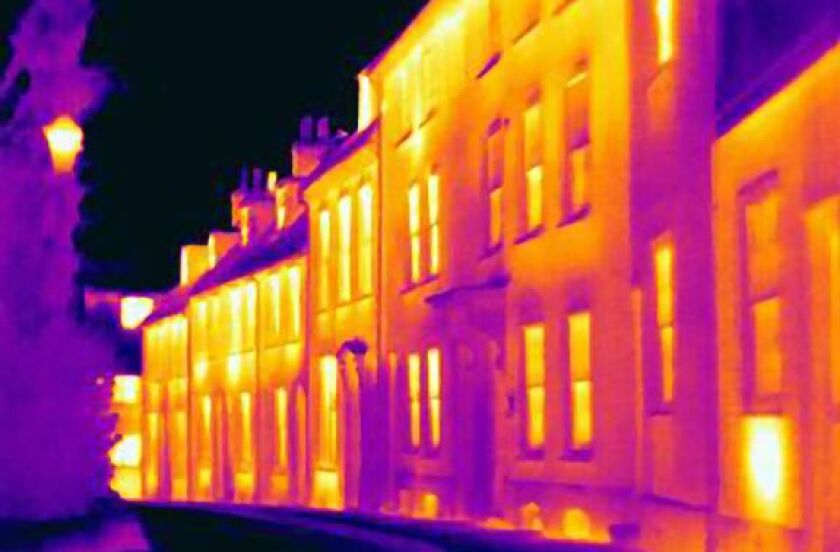Berlin Hyp issued its first green Pfandbrief of the year on Tuesday at 3bp through mid-swaps, a level that it could well have achieved with a vanilla transaction.
Likewise, the green Storm RMBS issued by Rabobank’s Obvion subsidiary earlier this month offered a negligible saving for the borrower compared to a conventional deal.
That runs against the script origination bankers read out to borrowers when pitching green deals. The so-called "greenium" — the saving an issuer makes by printing green debt versus vanilla issuance, driven by the surplus demand for the assets — is supposed to be the killer reason for going through the aggravation of setting up such issuance programmes.
In comparison, issuers can expect to save up to a handful of basis points with green senior unsecured funding and perhaps double that with a green tier two deal.
Another reason to reserve the green bonds for the senior unsecured market is that it is easier to find assets to fund. So what hope is there for secured green issuance?
Firstly, as far as the volume of green assets to fund is concerned, the balance is tipping. Green mortgage volumes are set to rise, which will drive a greater need for green covered bond and RMBS issuance.
The European Commission considers about 75% of the EU's building stock to be energy inefficient. And yet those buildings are responsible for 40% of the bloc's total energy consumption and 36% of its greenhouse gas emissions.
That makes Europe’s housing stock low hanging fruit when it comes to the EU's plans to meet its Paris Agreement targets around carbon dioxide emissions.
The Commission is therefore expected to do all it can to incentivise lenders and borrowers to take out the loans needed to improve energy efficiency.
The EU's Mortgage Credit Directive is in the process of being reviewed, with the Commission’s impact assessment expected to be favourable for energy-efficient mortgages. The arguments for lowering the capital charge for green mortgages are slowly but surely growing.
Following a major study undertaken last year, Ca' Foscari University of Venice and credit bureau services firm CRIF showed a significant negative correlation between a building’s energy efficiency and the probability of default of a mortgage secured on it. A major UK lender is poised to unveil similar findings, based on a much more extensive analysis.
Further evidence is expected from other mortgage lenders and that will provide the basis for better prudential treatment for energy-efficient mortgages.
There is also a controversial proposal that could effectively prevent people selling a house if it falls below a certain Energy Performance Certification threshold.
And as far as the lenders are concerned, earlier this month the European Banking Authority proposed introducing a green asset ratio, which will put a further spotlight on banks’ funding activities.
The new reporting requirements will highlight the extent to which assets on a bank's balance sheet are aligned with the EU Taxonomy for sustainable activities, and in turn the Paris Agreement and the UN’s Sustainable Development Goals.
Under the proposals, banks would have to start disclosing their green asset ratio from January 2022, and there are some who believe this initiative could be a precursor to granting special regulatory treatment for energy-efficient mortgages.
In addition, the Commission is supporting its residential renovation strategy by offering grants as a part of its Green Deal. On top of this, various European governments are also providing, or are expected to provide, sizeable fiscal incentives. In Italy, for example, the government has introduced a renovation subsidy worth up to 110% of the loan.
There are also efforts to streamline origination of energy-efficient mortgages with a software application that transparently sets out the cost of work required net of grants, and then calculates the expected energy savings that, in some cases, can reach almost 80%.
Central to all these developments is the European Covered Bond Council’s Energy Efficient Mortgage Label (EEML). The success of this is in turn somewhat dependent on the Commission aligning its proposed Taxonomy with the definition of an energy-efficient mortgage.
If there’s a compromise to be had, the EEML has a good chance of delivering a high level of transparency aligned to the Taxonomy, acting as a further boost to investment.
Since roughly one third of banks’ balance sheets are composed of mortgages, the covered bond and RMBS markets would be a logical place for issuers and policymakers to focus their green funding efforts.
The cost of funding advantage may not amount to much, but the potential for scaling up green mortgage lending and cutting CO2 emissions suggests those markets have much they can contribute.
